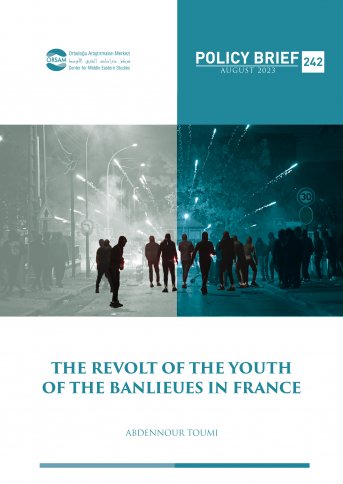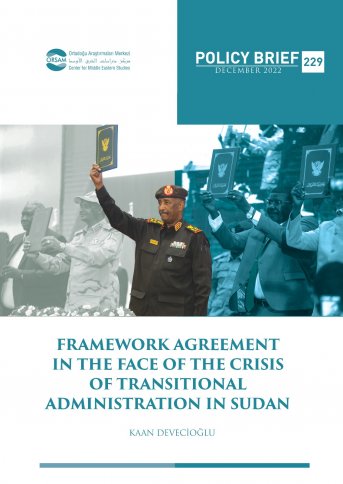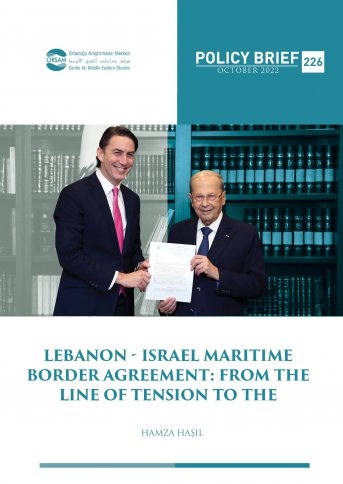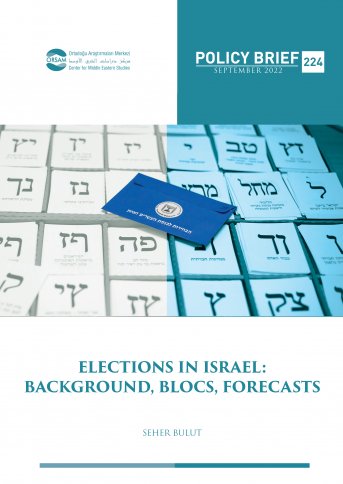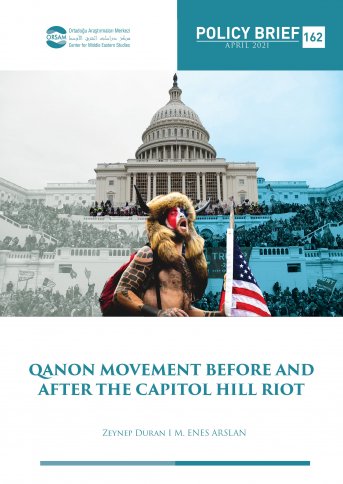
QAnon Movement Before and After the Capitol Hill Riot
Terrorism as one of the main issues of the world agenda after al-Qaeda’s terrorist attacks on 11 September 2001, was handled in the context of the Middle East and was understood mainly concerning Muslims. Yet, the far-right movements in the West and the attacks from these groups have led to the discussion of the far-right movements in the context of extremism, radicalization, and terrorism. At the end of the 2020, Presidential Elections were held. After the emergence in 2017, the movement of QAnon had gotten stronger than before during the reign of Donald Trump, and reached to the apex of it in the meantime of Presidential Elections in 2020. Afterward, the FBI designated the group as a domestic threat, which has the potential to transform into a threat against the Western World due to its cross-border influence beyond the US. After the protests on 6 January 2021, when protesters opposing the election results and claiming that Trump was cheated out of the office, stormed the Capitol Hill housing the US Congress and engaged in vandalism, the American federal institutions started inquiries and engaged in legal processes through uncovering the role of individuals and groups in the Capitol Hill Riot. QAnon has been the most important movement that came to the agenda in this period. Its influence in both the USA and in the Western countries has become a concern for government surveillance and has been characterized by the prominent figures in the classical and social media platforms as ‘extremist’, and its visibility in the mainstream media has remained limited after its sympathizers were banned on the internet. At the same time, QAnon users found new platforms for self-expression through diversity in online platforms and anonymity concerns of some applications such as Signal and Telegram, thereby rushing en masse to these alternative platforms. Therefore, to find out the secret survival recipes of QAnon is a matter of curiosity which should be revealed by research; because it is active till today and is continuing to preserve its existence, expanding its influence, and most likely expected to maintain its role in coming period.

